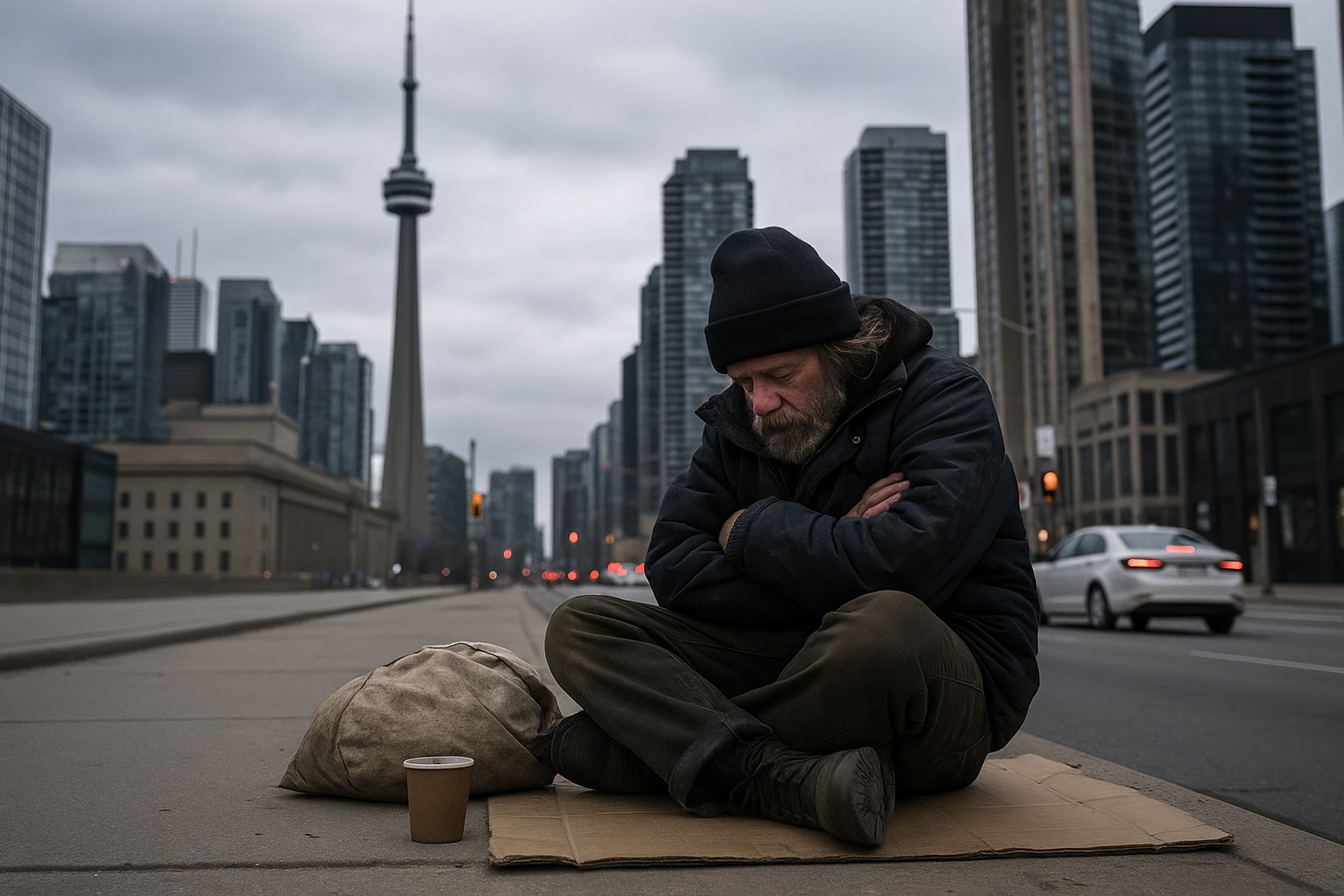Homelessness in Toronto: What the 2025 Data Tells Us About the Crisis
To understand Toronto's homelessness crisis, we have to look beyond what we see on the streets and dig into the data. This analysis explores the latest 2025 numbers on shelter capacity, the changing demographics of who is experiencing homelessness, and the economic drivers pushing thousands from their homes.

The crisis of homelessness is visible on nearly every street corner in Toronto. It’s in the tent encampments that line our ravines, the crowded drop-in centres, and the quiet desperation of families struggling to stay housed. But to truly grasp the scale of the emergency and move toward effective solutions, we must look beyond the visible signs and examine the hard data.
Drawing from the City of Toronto's own reporting, here is what the numbers tell us about the state of homelessness in our city as of mid-2025.
Data Point 1: The System is Full
According to the City of Toronto's daily shelter census, the demand for emergency shelter has reached an unprecedented and sustained peak.
- On any given night in July 2025, there are over 10,800 people in Toronto’s shelter system. This includes spaces for single adults, youth, and families.
- The system consistently operates at over 99% capacity. For some sectors, like shelters for families, the capacity is often listed at 100%, meaning there are literally no available beds.
- Each month, hundreds of unique individuals are turned away from a shelter bed due to a lack of space.
What this tells us: Toronto's shelter system is no longer just a temporary emergency service; it is a permanent state of crisis management. The system is completely overwhelmed, functioning as a bottleneck with no pressure release.
Data Point 2: The Changing Face of Homelessness
The demographics of who is experiencing homelessness in Toronto have undergone a dramatic shift, revealing deep systemic pressures.
- The Refugee Claimant Crisis: The single most significant trend is the number of asylum seekers relying on the shelter system. According to city data, refugee claimants now make up nearly 50% of the shelter population. This is a massive increase from just a few years ago. It highlights a critical failure of the federal government to provide a coordinated strategy and adequate funding for newcomers seeking protection, placing an impossible burden on the municipal shelter system.
- A Stark Racial Disparity: Data from Toronto’s Street Needs Assessment continues to show that homelessness is a story of systemic racism. While Indigenous peoples represent less than 1% of Toronto's total population, they account for approximately 15% of its homeless population. Black residents are also dramatically overrepresented. This is not a coincidence; it is the direct result of colonial policies, displacement, and anti-Black racism in housing, justice, and employment.
Data Point 3: The Root Cause is a Broken Housing Market
The data makes one thing unequivocally clear: homelessness is fundamentally a housing and income crisis.
- The average rent for a one-bedroom apartment in Toronto in 2025 has surpassed $2,650 per month, according to the Toronto Regional Real Estate Board (TRREB).
- A person working full-time at Ontario's minimum wage earns approximately $2,800 per month before taxes. To afford the average one-bedroom, they would have to spend over 94% of their gross income on rent.
- The waitlist for Rent-Geared-to-Income (RGI), or subsidized housing, in Toronto has tens of thousands of households on it, with average wait times measured not in years, but in decades.
What this tells us: The gap between what people earn and what it costs to rent a home is a chasm. For a growing number of Torontonians, particularly those on fixed incomes or in low-wage work, the math simply no longer works.
Conclusion: What the Data Demands
The data tells a clear, consistent, and urgent story. This is not a crisis of individual failings; it is a crisis of policy failures at all levels of government.
The numbers demand a massive, publicly-funded investment in deeply affordable and supportive housing. They demand a coordinated national strategy to welcome and house refugee claimants. They demand policies that directly combat systemic racism. And they demand income supports that allow people to actually afford to live in the city where they work.
The data has given us the diagnosis. The question that remains is whether we, as a city and a country, have the political will to administer the cure.
